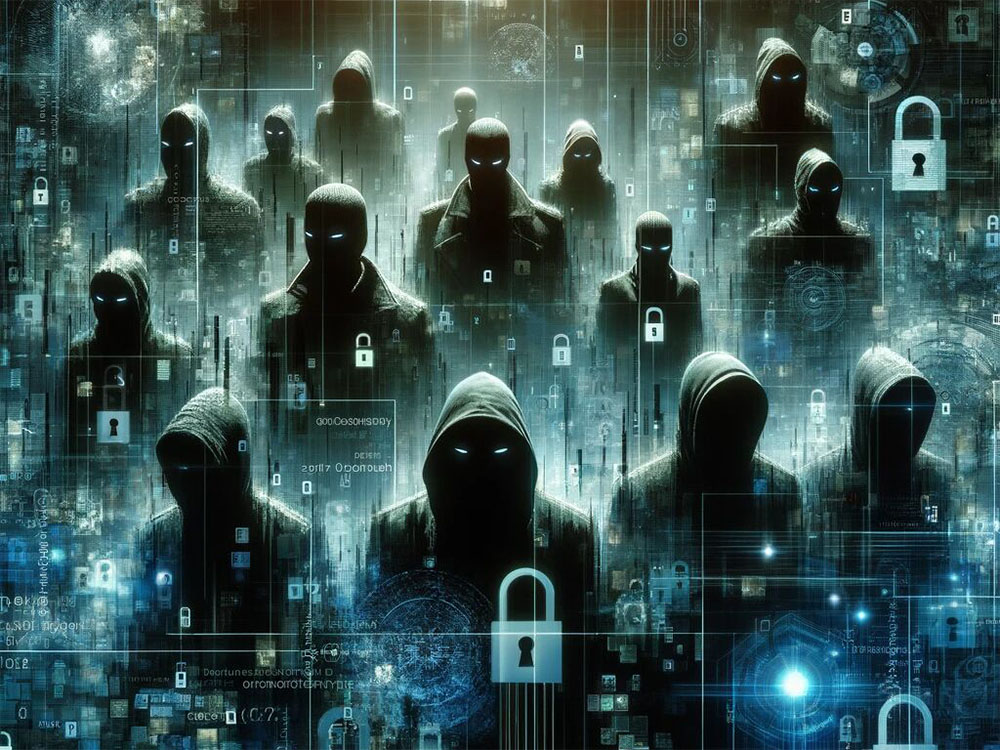A byte is a unit of digital information storage and communication. It’s typically made up of 8 bits. Bytes are used to encode a single character of text in a computer or other devices.
Byte Examples
1. Example
Every time you press a key on your computer to input characters, whether it’s typing up a document or entering a URL, each of these characters is stored within your computer’s memory as a byte. This standard representation was established so that computers could universally understand these characters.
Stay One Step Ahead of Cyber Threats
For example, when you type the letter “A” on your keyboard, it isn’t stored as the letter ‘A’ itself but as a byte of information that stands for ‘A’. This binary representation of data is what allows the smooth functioning of various computer operations.
2. Example
Bytes are not only used in representing individual characters, but also storing larger amounts of data, like a whole document of text. If you were to create a simple text file and type out about 1000 words in it, that would equate to about 1000 bytes of data or 1 kilobyte (KB).
This is due to the fact that the text file is essentially a large collection of characters, and each character takes up about one byte of storage space. So, a file’s size in bytes is roughly equivalent to the number of characters it contains. In this context, a byte helps us understand the amount of storage space a particular file takes on a digital device.
3. Example
Bytes aren’t just reserved for text, they extend to other forms of data as well. This includes music files that you listen to. For instance, when you download a song onto your device, you’re downloading a file made up of millions of bytes.
If a song file is 5 megabytes (MB) in size, what that means in terms of bytes is that you’re downloading 5 million bytes of information. Each of these bytes contributes to the different layers of sound you hear in the music track, from the instruments playing to the artist’s voice. So, bytes are also fundamental in the storage and sharing of multimedia content.
Conclusion
In essence, a byte is a fundamental unit of digital information used for data storage and communication. Whether it’s text, music files, or video, every piece of data we interact with on our digital devices is made up of bytes, enabling us to understand and quantify digital storage.
Key Takeaways
Related Questions
1. What’s larger – a kilobyte or a megabyte?
A megabyte is larger. It’s equivalent to 1,000 kilobytes or 1 million bytes.
2. How many bits are there in a byte?
Typically, there are 8 bits in a byte.
3. How many bytes does a single letter or symbol take up in text?
A single letter or symbol in text generally takes up one byte of space.
4. Can a file be less than one byte in size?
No, a file size cannot be less than one byte. One byte is the minimum data size in computer systems.
5. How are bytes used in streaming videos or songs?
When you’re streaming a video or a song, you’re essentially downloading bytes of data in real-time. The quality of streaming largely depends on how quickly your device can process these bytes.
"Amateurs hack systems, professionals hack people."
-- Bruce Schneier, a renown computer security professional






